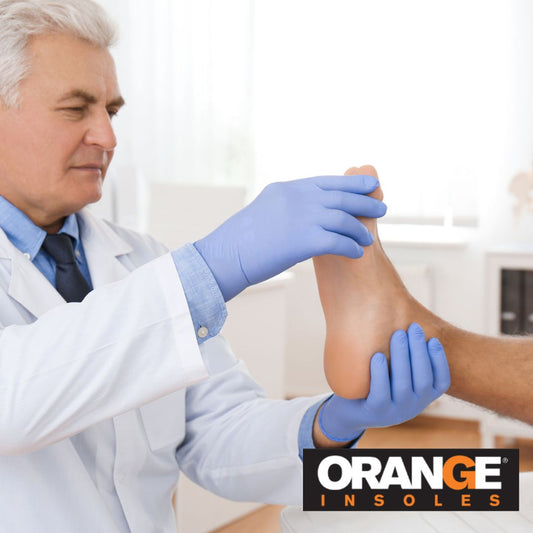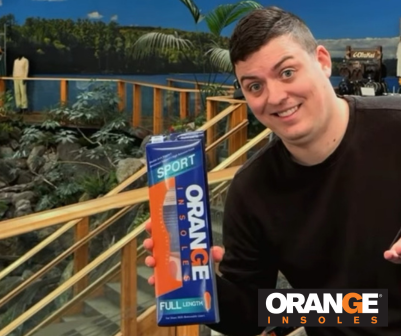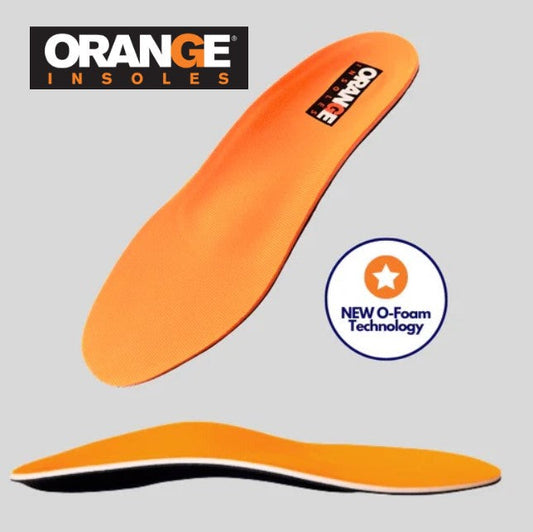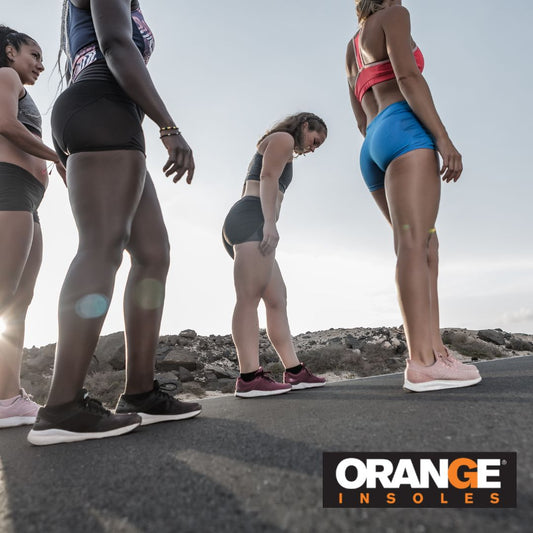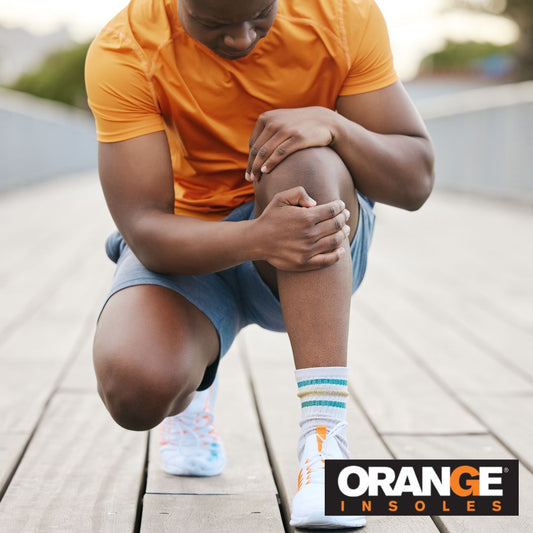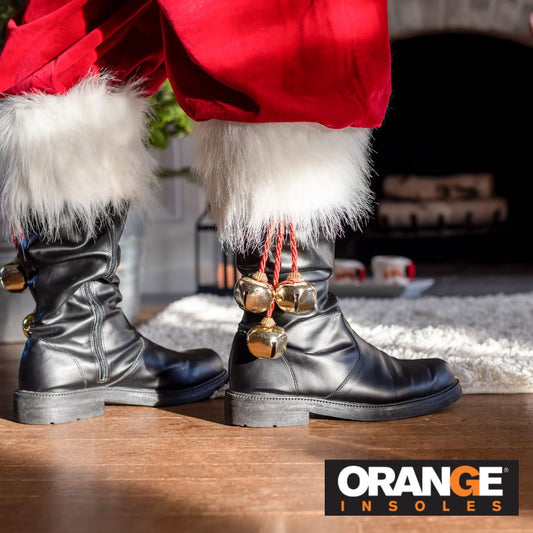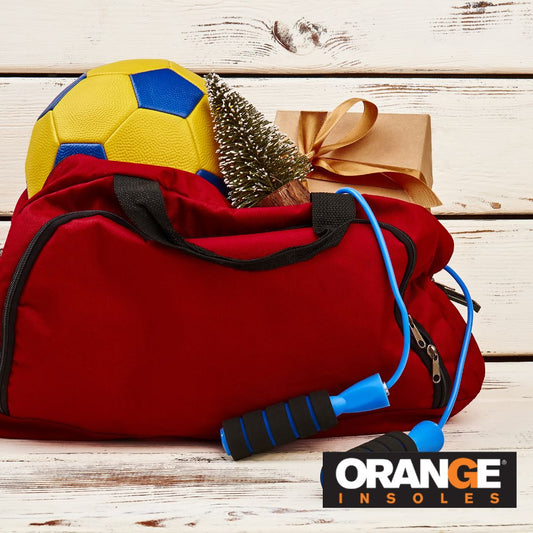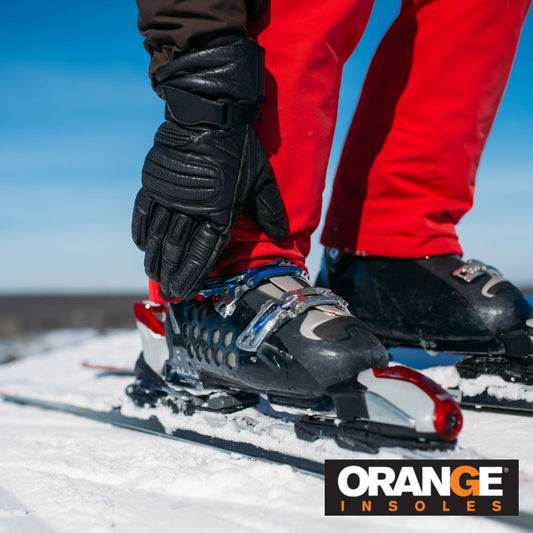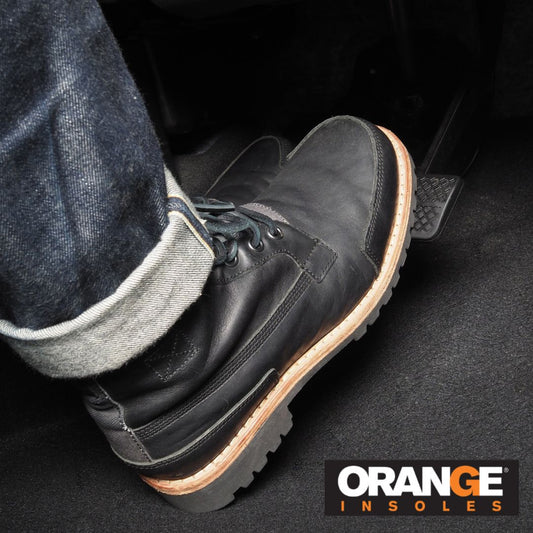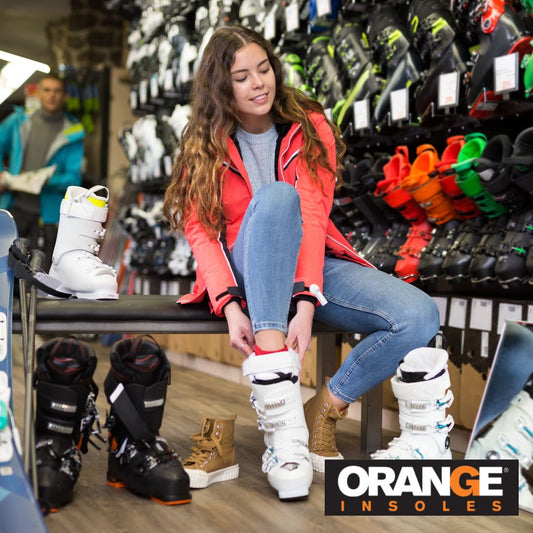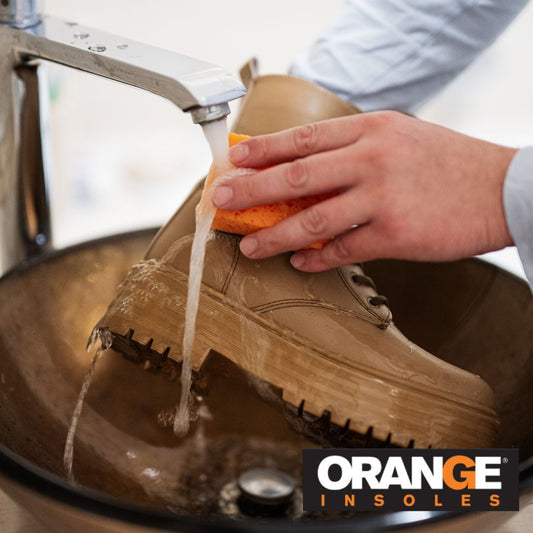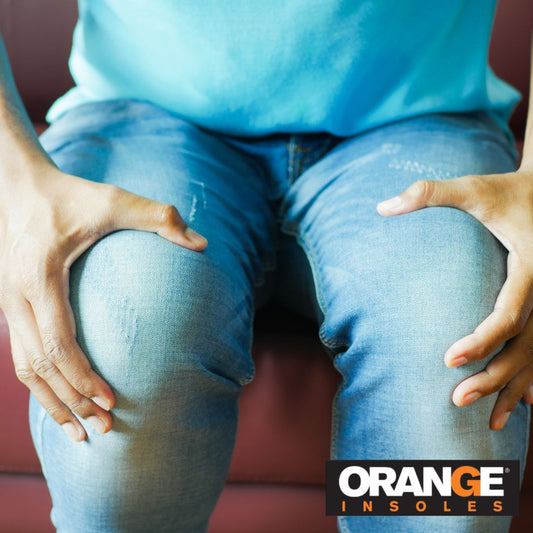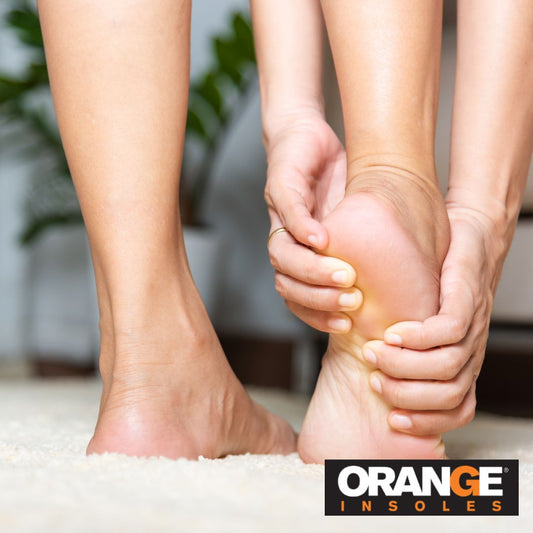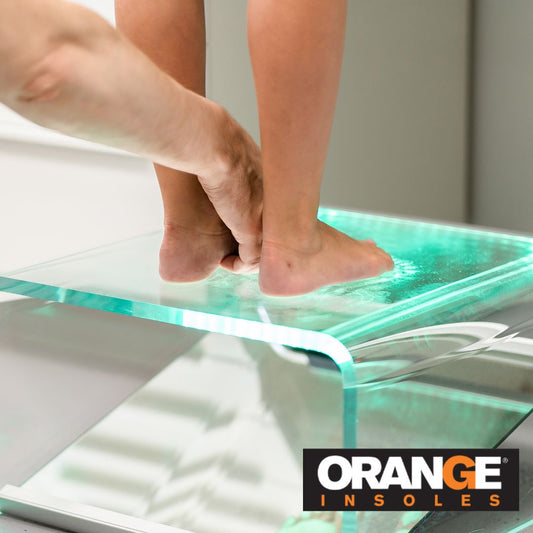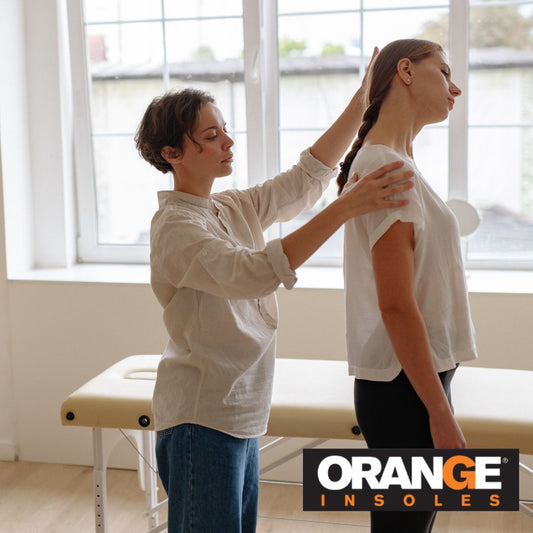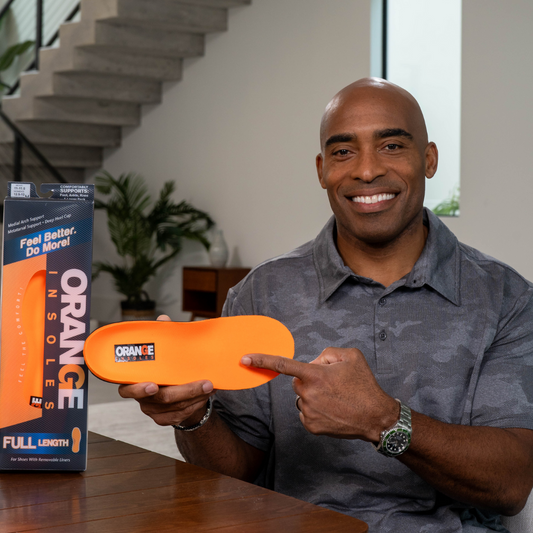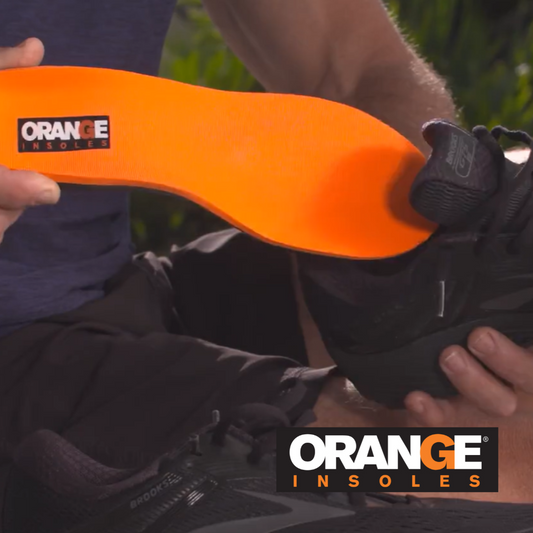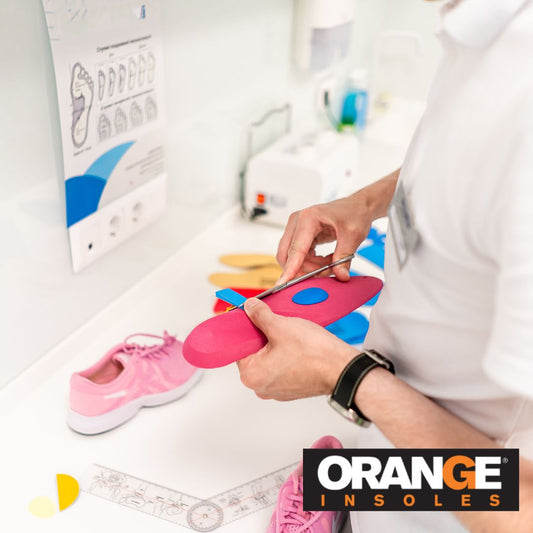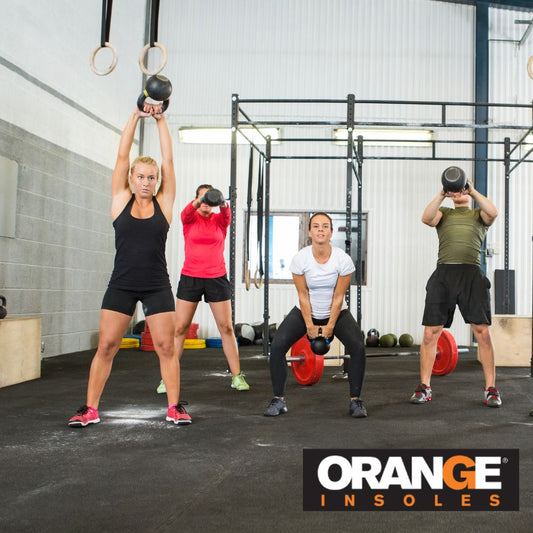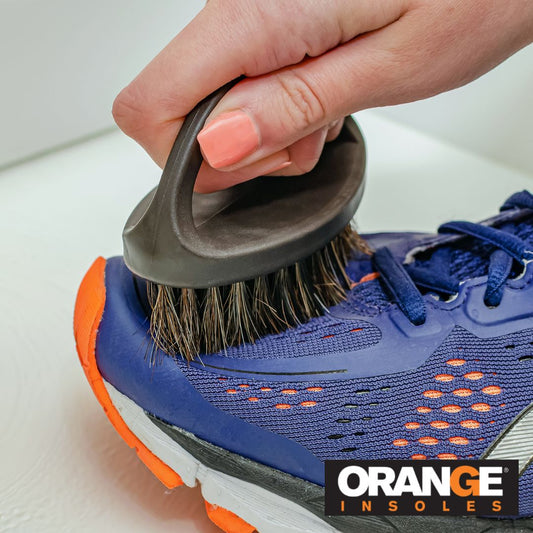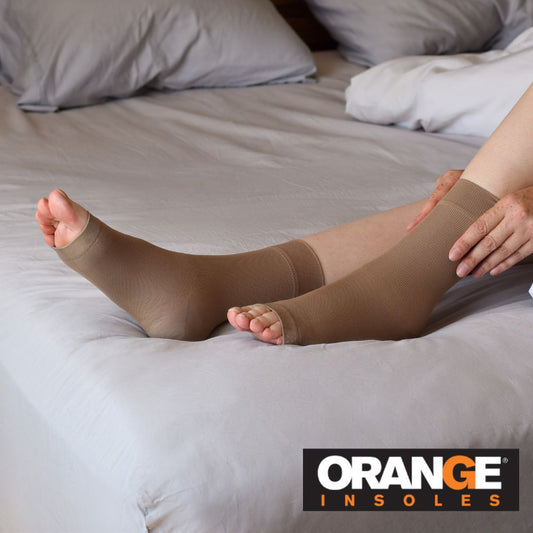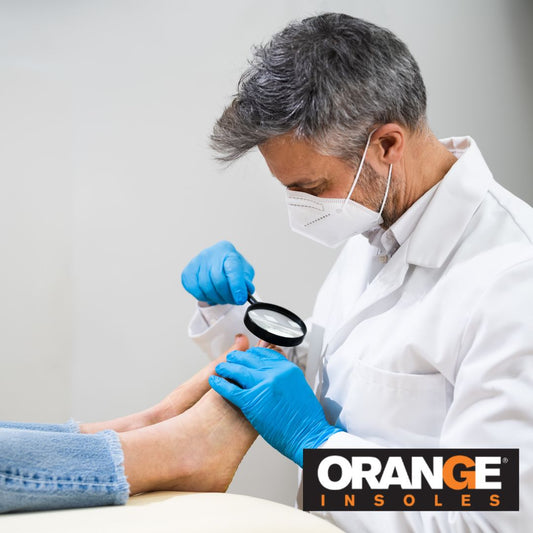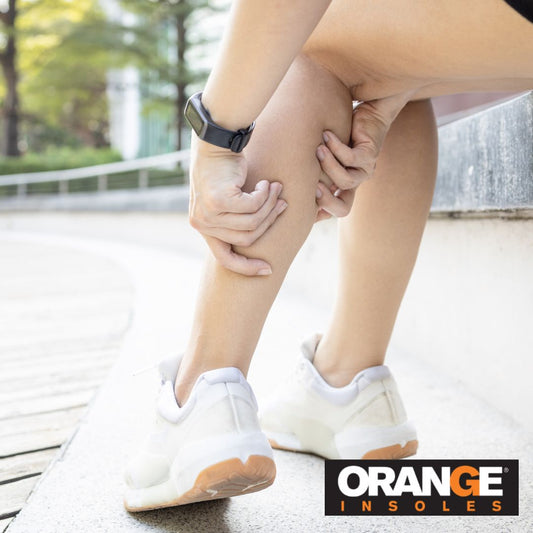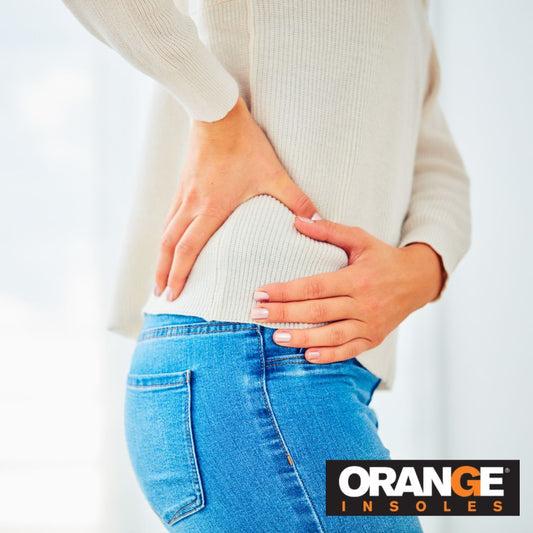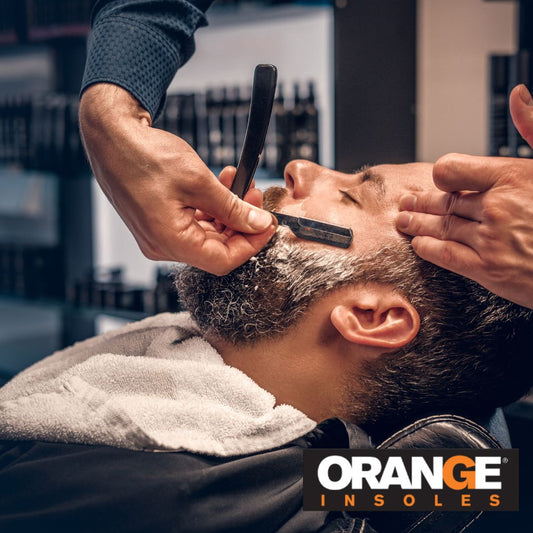If you work on your feet, you understand the importance of a good pair of work boots. Your boots are your buddies. You rely on them everyday. But what exactly makes for a great pair? And where do work boot insoles fit into this picture?
We’re going to break down why exactly a good pair of work boots is so essential, what to look for when considering the best workplace footwear choices, and the benefits that a supportive insole can provide.
Why Are Boots Important?
A good pair of work boots, when fitted and worn properly, can reduce fatigue and risk of injury. A boot with good support can also mitigate the sore foot pain that occurs when standing all day.
By contrast, a pair of work boots that are ill-fitting, lacking support, or excessively worn can put you at risk for issues like plantar fasciitis, or pain in the lower back and hips.
When you think about the length of time you’re on your feet over the course of an average workday, you can begin to understand why this matters. We often hear about the impact that footwear has on athletes. The wrong pair of running shoes could cause an injury. But consider that an average runner out for a 3 mile run is only on their feet for about 30 minutes… how much more impact will supportive footwear make on a person after an 8 hour workday?
This is why, when looking for a pair of work boots, it’s important to understand the impact of your working conditions.
Workplace Environment
What do you do? Are you in a manufacturing environment? Construction? Working on gravel or concrete?
All of these factors are environmental in nature, and they determine some characteristics of the boots you’ll want to choose.
You may need boots with a steel toe. A slip-resistant outsole. You may require them to be waterproof. These types of features are important for your safety and comfort on the job… though they don’t really impact the support of the boot one way or the other.
They will impact the price. So don’t make the mistake of choosing an expensive pair of boots, making the assumption that the more expensive they are, the more supportive they will be.
So if price isn’t a good measure of how supportive a pair of boots might be, what is a good standard?
What Makes A Supportive Work Boot?
When you’re wearing a pair of work boots, you want to make sure that you’re addressing two issues: alignment and weight distribution.
- Alignment is an issue if your job requires you to move around. Any time you’re moving around, you want your foot to have an efficient, healthy gait. (We talked about the importance of gait in our post on choosing the best footwear for your foot type.) Keeping your foot in the right alignment and preventing overpronation keeps your gait from putting pressure on your knees, hips, and back.
- Weight Distribution can also impact the health of your body. This can often be an effect of standing for long periods on a hard surface like concrete. The more fatigued your feet and ankles become, your body begins to subconsciously shift itself into different positions to provide some relief. This can often shift your body weight to areas of the foot that aren’t designed to support your weight.
For both of these issues, you’ll want to look to the sections of the boot that impact support: the outsole and the midsole.
Work Boot Outsoles
Luckily, work boots are usually pretty good when it comes to having good, wide, well-balanced outsoles.
Flip the boot over and have a look at the bottom. Most boots have a wide profile, (which is why they’re on the heavy side,) which is exactly what you want when you’re looking for footwear that is easy to balance in.
The wider the base, the easier it will be to balance. So, unless you’ll be running in your work boots and need something a little lighter, go for the widest base you can find.
Work Boot Midsoles
When you’re looking at a boot midsole, take note as to what it’s made of. Usually, the answer is molded foam… though sometimes you may see some sections made with secondary materials to enhance support.
Check out the midsole and see whether there is a raised contour by the arch for support. Arch support is one of the key factors in preventing overpronation and keeping a fatigued foot in alignment.
Other areas to check for support are the heel- is there a cup for the heel to rest in? Is there support by the forefoot? These are great features for encouraging proper weight distribution.
Work Boot Insoles
Molded foam insoles are perfectly fine and supportive… to a point. The problem with molded foam is durability and longevity. Work boots are designed with outsoles and uppers that are designed to take a beating… which means that the midsole could be the first part of the boot to wear out.
So you may be wearing a pair of boots that look completely fine on the outside, but are lacking the support you need.
A good quality insole will have additional arch support, preferably made of a more rigid material like plastic that will last much longer than a traditional foam midsole. While an insole will never impact the outer wear of a boot, they may help your work boots be more supportive for longer.
An insole with great medial arch support, a metatarsal pad by the forefoot, and a cup to support the heel will also encourage proper weight distribution and alignment to help reduce fatigue and soreness.
If you’re experiencing pain from working hard on your feet, and you’re looking for the best insole for work boots, you may benefit from an Orange Full. Find it in your size here!









